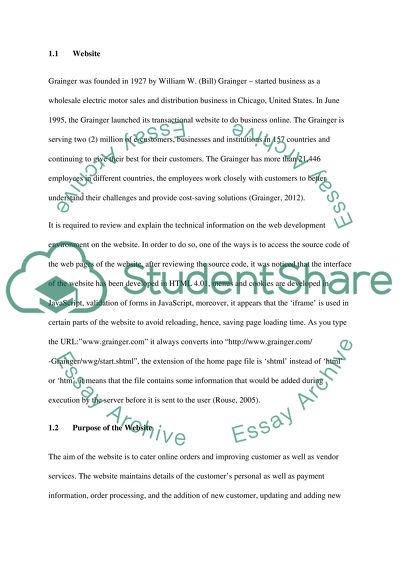Cite this document
(“Individual project involving the evaluation of a website Essay”, n.d.)
Retrieved from https://studentshare.org/e-commerce/1403184--individual-project-involving-the-evaluation-of-a
Retrieved from https://studentshare.org/e-commerce/1403184--individual-project-involving-the-evaluation-of-a
(Individual Project Involving the Evaluation of a Website Essay)
https://studentshare.org/e-commerce/1403184--individual-project-involving-the-evaluation-of-a.
https://studentshare.org/e-commerce/1403184--individual-project-involving-the-evaluation-of-a.
“Individual Project Involving the Evaluation of a Website Essay”, n.d. https://studentshare.org/e-commerce/1403184--individual-project-involving-the-evaluation-of-a.


